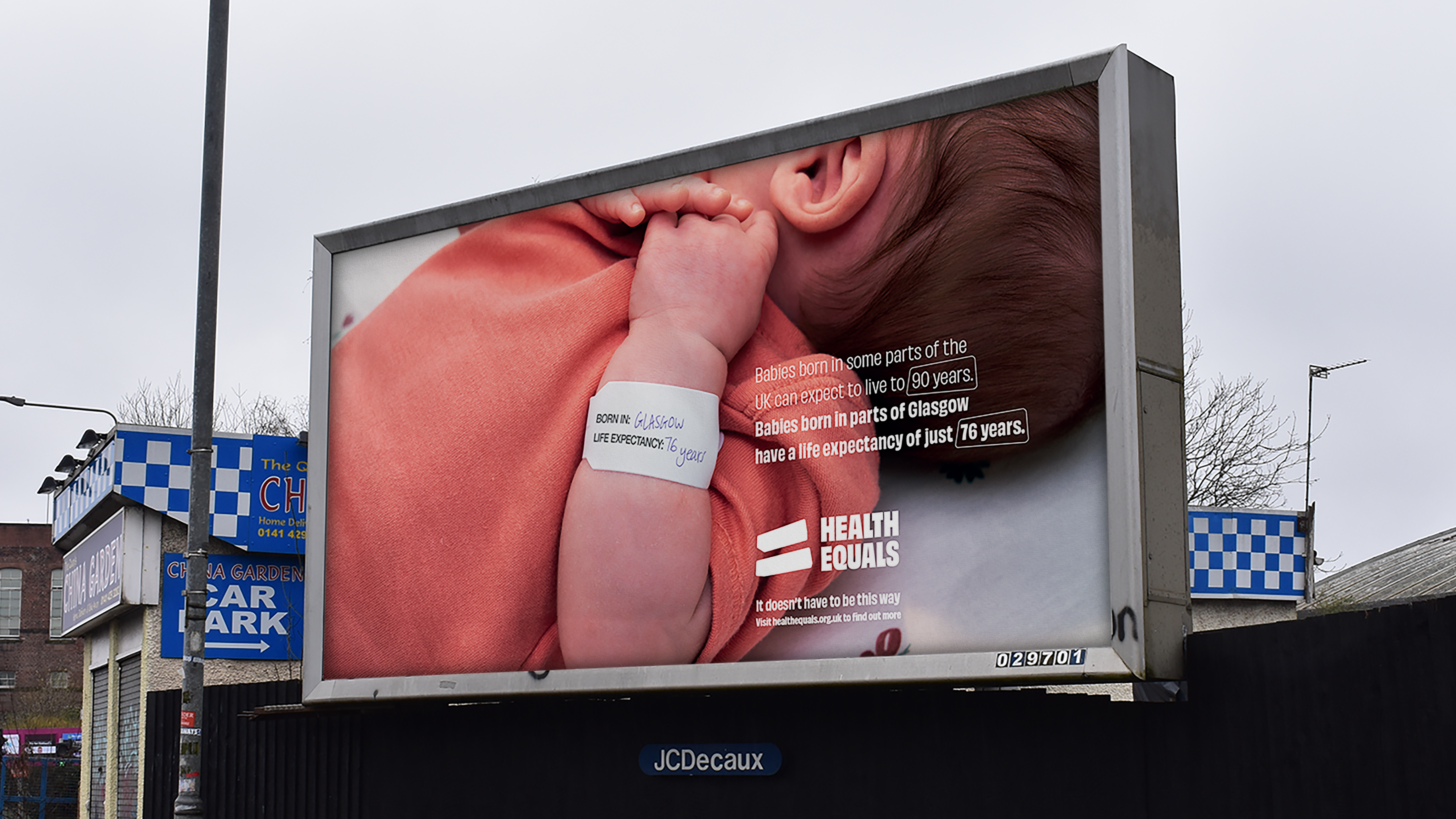#LivesCutShort campaign: Health Equals clean air
Larissa Lockwood, Director of Clean Air at Global Action Plan, explains why clean air is an imperative building block for society’s health and wellbeing, and stops lives being cut short.
A new coalition of the UK’s leading charities, businesses and organisations across sectors and areas of focus, have come together as Health Equals. The coalition comprises 28 organisations calling on politicians to take immediate action to create more equal opportunities for good health and wellbeing, with Global Action Plan leading on clean air action. Our launch campaign, #LivesCutShort, draws attention to regional inequalities in life expectancy across the UK.
How are #LivesCutShort in the UK?
Our health is shaped by the world around us. Think of building a healthy society like constructing a sturdy building. It needs all the right building blocks in place: clean air, quality housing, decent education, and affordable transport. We call these factors the building blocks of health. In too many of our communities, these blocks are missing and crumbling. When we don’t have what we need to heat our homes or breathe clean air, it can lead to chronic stress, poor health and people dying years too soon.
Think of building a healthy society like constructing a sturdy building. It needs all the right building blocks in place: clean air, quality housing, decent education, and affordable transport. In too many of our communities, these building blocks of health are missing and crumbling.
Essentially, where you live is one of the largest determinants of health.
The UK is not a country where we all get the same chances to live healthy lives. People who live in our poorest neighbourhoods are dying a decade earlier than people in the wealthiest areas. And evidence shows that these health inequalities are getting worse.
Through the lens of air quality
Looking at air quality specifically, in the UK air pollution is estimated to cause 36,000 deaths each year with almost every home (97%) being surrounded by air that exceeds the World Health Organisation guidelines for clean air.
Poor air quality affects our physical and mental health from the first breath we take to the last, and even in the womb, as summarised in the diagram at the bottom of the blog.
Heart disease, strokes, diabetes, asthma, dementia – all serious health conditions that are exacerbated by air pollution which unfortunately most of us have personal experience of in our own or our friends’ or families’ lives. These conditions could be significantly reduced, milder, or better managed if we all had access to clean air.
While toxic air permeates all our lives, the health harms of air pollution are not felt equally. Health inequalities exist, with those living in areas of highest air pollution – often the most deprived or people from a non-white ethnic background – suffering the most. Vulnerable groups, like children, the elderly and those with pre-existing health conditions are also more at risk. For children in particular, prolonged exposure can cause permanent damage to their bodies and development.
Change is possible, but needs to be collaborative
Change is possible and inequalities can be reduced by focusing on what we know shapes health.
Using air pollution as an example, there are steps we can all take through our transport and heating choices, but air pollution is a systemic problem that requires government and business action. We need a society with fewer vehicles on our roads, cleaner vehicles on our roads and cleaner ways to power our buildings. We need communities built for people and for health.
The Health Equals campaign is calling for joined-up policies that can put the building blocks of health back together, giving everyone a chance to thrive, wherever they live.
Together we can make a positive difference to society’s health and wellbeing and to stop lives being cut short.
Try the Health Equals latest tool which calculates the life expectancy of where you live: https://healthequals.org.uk/lives-cut-short.
This blog was originally published in Air Quality News.




